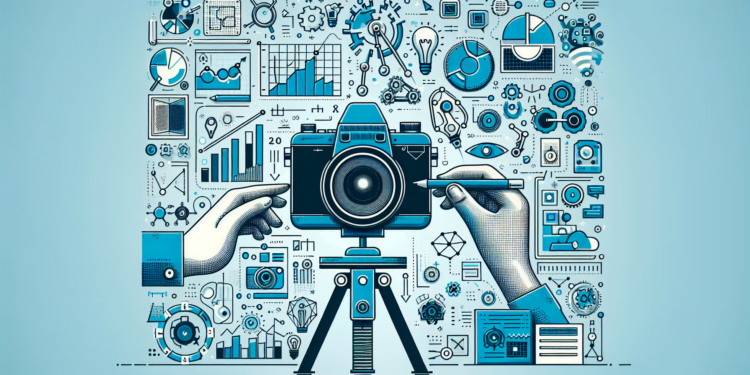Pose estimation, as a branch of artificial intelligence (AI), focuses on detecting and tracking the posture and orientation of people or objects in both static images and video sequences. Technically, it is a complex challenge that spans from understanding anatomical structures to interpreting three-dimensional space from two-dimensional data.
From the standpoint of fundamental advancements, pose estimation initially relied on simplified geometric models and traditional computer vision techniques. Basic assumptions about human body shape and proportion or the object of interest were made, coupled with algorithms for edge detection and image segmentation.
The advent of convolutional neural networks (CNNs) marked a milestone in the accuracy and generalization capability of pose estimation systems. CNNs can learn hierarchical representations of complex visual data, enabling more reliable detection of relevant features.
With the advent of deep learning techniques, architectures specifically designed for the task emerged, such as Part Affinity Fields (PAFs) in the OpenPose architecture, which simultaneously detect body parts and their connections. Recent research has focused on improving accuracy in the presence of occlusions or environments with multiple individuals, where noise and overlapping figures add significant complexity.
Compared to earlier works, current methods benefit from large annotated datasets and sophisticated optimization algorithms. The emergence of generative adversarial networks (GANs), for example, has enabled the generation of synthetic yet realistic training data that improves the robustness of models.
A prominent approach is 3D pose estimation, which not only localizes body parts in the image plane but also reconstructs their three-dimensional arrangement. Here, network architectures like graph-based CNNs and multi-view information fusion methods are at the forefront, allowing for a more complete and accurate interpretation of space.
A crucial aspect is the incorporation of temporal recurrence to address video sequences, where recurrent networks such as Long Short-Term Memory (LSTM) and temporal attention models capture the continuity and dynamics of movement.
The practical applications of pose estimation are vast, ranging from sign language interpretation to sports performance analysis. In medicine, for example, monitoring movement quality in physical rehabilitation is a highly interesting area. Here, pose estimation systems enable the assessment of therapeutic exercise accuracy, providing real-time feedback and adapting recovery protocols.
In real-world situations, such as monitoring workers in industrial environments for occupational risk prevention, accurate pose estimation facilitates the identification of potentially dangerous postures, preventing injuries and improving safety and ergonomics in the workplace.
Looking to the future, AI in pose estimation faces challenges related to privacy and ethics due to the inherently personal nature of the captured data. Moreover, multimodal integration, combining audio, text, and contextual data with visual analysis, promises even more comprehensive and context-sensitive approaches.
In conclusion, the evolution of pose estimation reflects the rapid progress in AI. As methodologies continue to become more sophisticated and applications expand, pose estimation is poised to revolutionize human-machine interaction, paving the way for significant advances in perceptual computing and collaborative robotics.






















